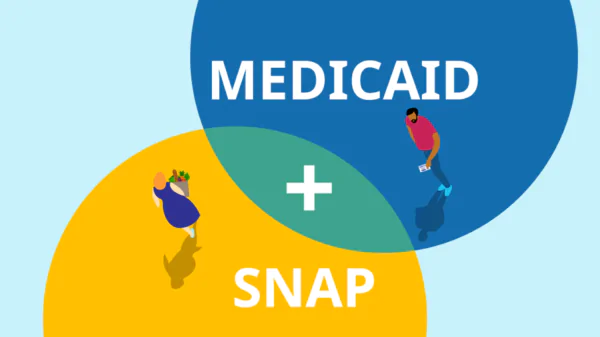By Brandon Moseley
Alabama Political Reporter
On Tuesday, July 21, the 2015 Kids Data Book was released showing that the number of Alabama children living in low-income homes has actually increased five percent since 2008, when the Great Recession hit. Almost 300,000 children are living in poverty in Alabama.
Patrick McCarthy, President and CEO of the Annie E Casey Foundation, said in a statement, “All sectors in our Nation must work to ensure that the economic recovery reaches all families, especially those who are losing ground in our recent prosperity. Even though we’ve seen an increase in employment in recent years, many of these jobs are low-wage and cannot support even basic family expenses. The outcome is that millions of families are still struggling to provide for the day-to-day needs of their children.”
Melanie R. Bridgeforth, the executive director of MSW, VOICES for Alabama’s Children said in a statement, “The State’s economic crisis has deeply affected the lives of Alabama’s children and at a time when our State is seeing progress on some indicators of child well-being, we can’t help but be discouraged that the number of children living in poverty has increased since 2008…Poverty does not determine the fate of a child, but it can impede their optimum development. Children cannot alter their family’s economic circumstances which is why it is imperative for our state leaders to make meaningful investments and do no harm to programs and services that provide opportunities for working poor families.”
The Data Book is an annual publication that examines child well-being across the country. This year’s Data Book focused on key trends in child well-being in the post-recession years, measuring child well-being in four domains: economic well-being, education, health, and family and community.
Alabama consistently ranks among the bottom 10 states and has experienced one of the highest poverty rates nationally for a number of years. Alabama dropped from 44th to 45th in overall child well-being.
Even when parents are able to find jobs, they still often struggle to provide health care and child care. The groups said in a statement that investments in services like subsidized child care program, for example, helps low-income families pay their child care fees. This critical work support program aids working poor families in overcoming extraordinary challenges. According to the 2015 Data Book children of color tend to be poorer than their white peers. The group says that there are several contributing factors to wealth disparities that are difficult to overcome including generational poverty, and limited access to higher-paying jobs. Limited access to quality early learning opportunities can perpetuate poverty by widening the academic achievement gap between children of color and their white peers.
The group also praises Alabama’s First Class Pre-K program which they claim has been instrumental in reducing the achievement gap for low-income children and children of color and provides effective, high-quality early childhood experiences that prepare Alabama’s children for school success and lifelong learning. The program has been championed by a mix of sectors in Alabama including business leaders, lawmakers and child advocates because they claim that it effectively prepares children to be successful in school and later in life as they enter the workforce.
The foundation warned that child day care subsidies, mental health services, and Medicaid are left in limbo because of the troubled State General Fund (SGF) budget situation. Whether these SGF programs are cut or not and how deeply they will be cut in the fiscal year 2016 that begins on October 1, will be decided by lawmakers during the special legislative session which resumes on August 3.
Bridgeforth said, “This is a pivotal time for child well-being in Alabama and State leaders must stay the course on investing in children and families. We cannot maintain these investments without addressing the state’s budget challenges including passing a General Fund Budget that includes revenue enhancing measures. Without this step, Alabama will lose ground on improving child well-being and our children and families will suffer.”
Government efforts to wage a war on poverty over the last 50 years, while expensive, have proven ineffective to this point.




















































